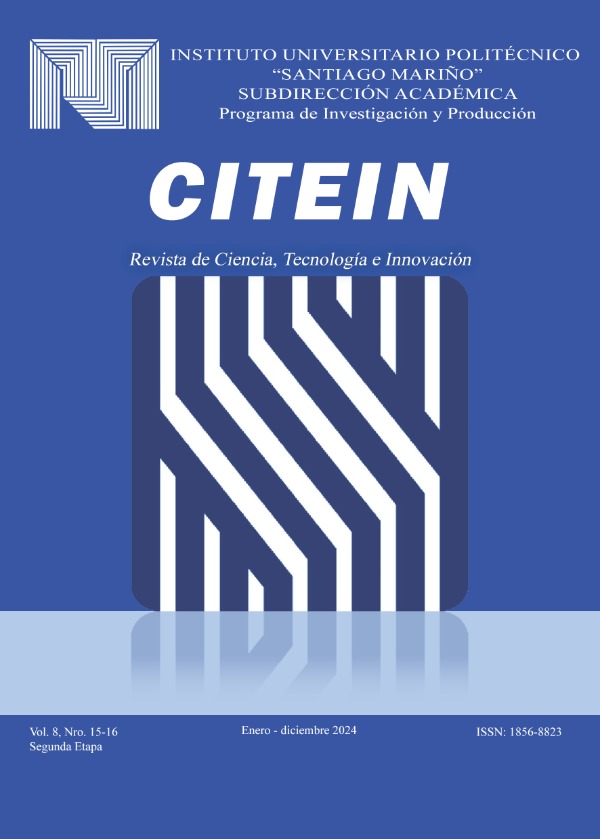ARDUINO CONTROLLED ROBOTIC HAND ORTHESIS FOR THE REHABILITATION OF PATIENTS WITH MOTOR DIFFICULTY
Main Article Content
Abstract
The purpose of the research consisted of the evaluation of a Robotic Hand Orthosis Controlled by Arduino for the Rehabilitation of Patients with Motor Difficulties, in the identification of the needs of patients and therapists regarding the design and functionality of the robotic orthosis, to determine the technical and functional requirements necessary to build the physical part of the prototype, design a prototype that meets the identified requirements, and verify the effectiveness and usefulness of the designed robotic hand orthosis. In this way, it allowed us to propose an advance in recovery techniques for patients who suffer from certain limitations in their hands through the implementation of technology and robotics. This work had references from several authors such as Reynoso (2021), Silva (2020), and Hernández (2020). Methodologically, the research was of a technological‑scientific modality, experimental design. And among the techniques that were used to collect data and information are the unstructured interview, bibliographic review and its corroboration through comparative analysis and experimentation. All this was key to building a prototype thanks to the information handled.
